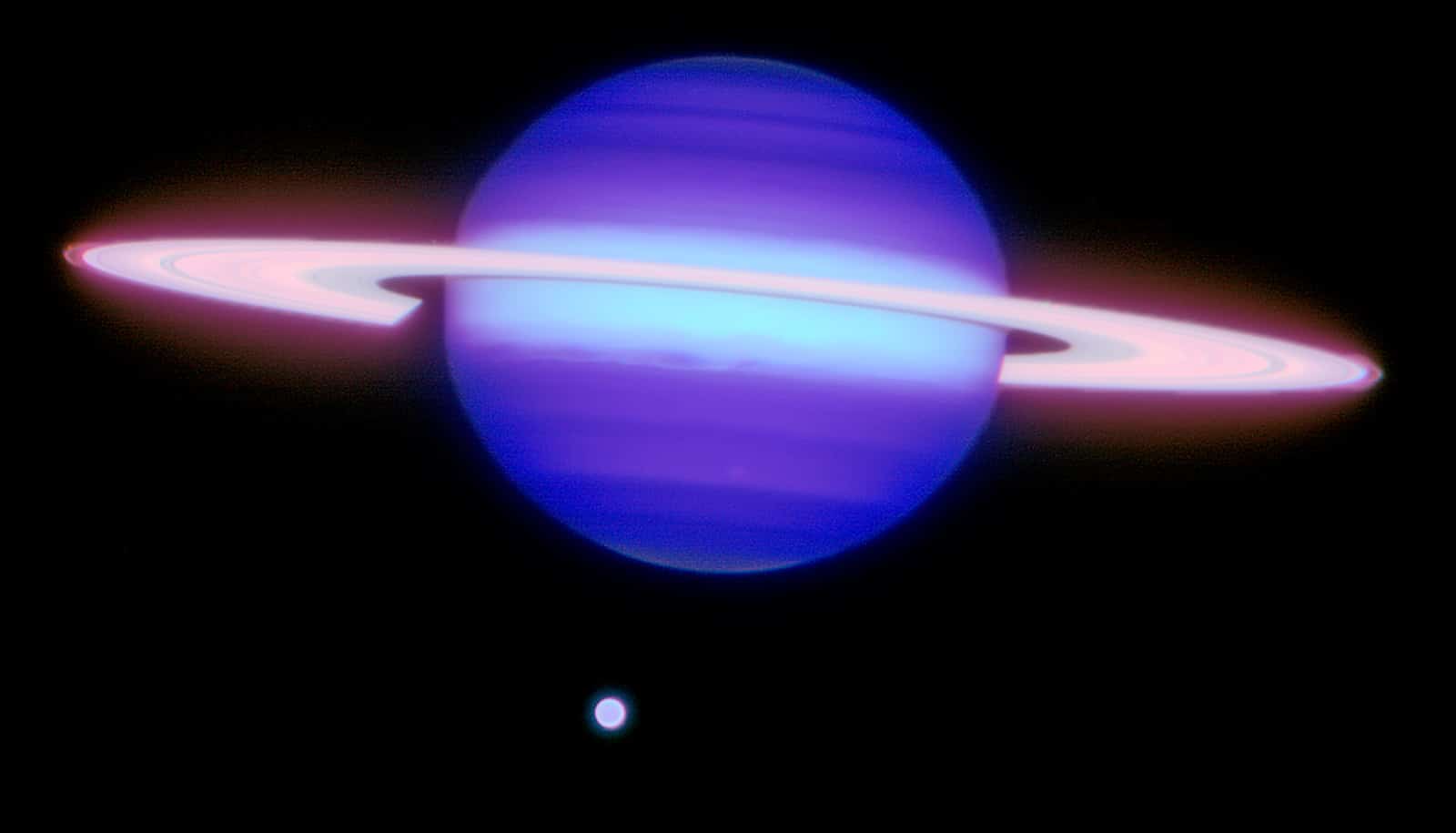Methane gas in the atmosphere of Mars varies locally from season to season on the red planet, according to new research.
Using data collected from Curiosity, which landed on Gale Crater in 2012, the team analyzed methane gas from the crater over a five-year period. The results show that methane gas exists in the area but in amounts that are seasonal.
“The mysterious thing about methane on Mars is that we really don’t know where it comes from,” says Mark Lemmon, an associate professor of atmospheric sciences at Texas A&M University who has served as a camera operator on numerous Mars missions, such as the Mars rovers Curiosity and Opportunity.
“It changes over time in a way that means it comes from local sources. That suggests methane gas sources are likely found elsewhere on Mars, and these would be interesting exploration targets if we could find them,” he explains.
Lemmon says the methane found on Mars’ atmosphere is in tiny amounts—far less than found on Earth.
“It’s about 100,000 times less abundant than on Earth, and that’s why just finding it and measuring it is difficult to do,” he adds.
“Methane from meteors would not vary in this way, so there must be a localized source for methane that we don’t understand yet. We cannot rule out some sort of geological process.”
6 ways health would suffer on a trip to Mars
The findings are an intriguing addition to the body of knowledge about Mars’ atmosphere, which is 95 percent carbon dioxide. Despite having less than 1 percent of Earth’s atmospheric pressure, Mars supports complex and variable phenomena, like dust storms that range from small to large and enveloping the entire planet, frontal weather systems like Earth’s except with far less water, and the surprising variability of methane.
The research appears in Science. NASA’s Mars Exploration Program funded the project. Chris Webster at NASA’s Jet Propulsion Laboratory led the research.
Source: Texas A&M University



